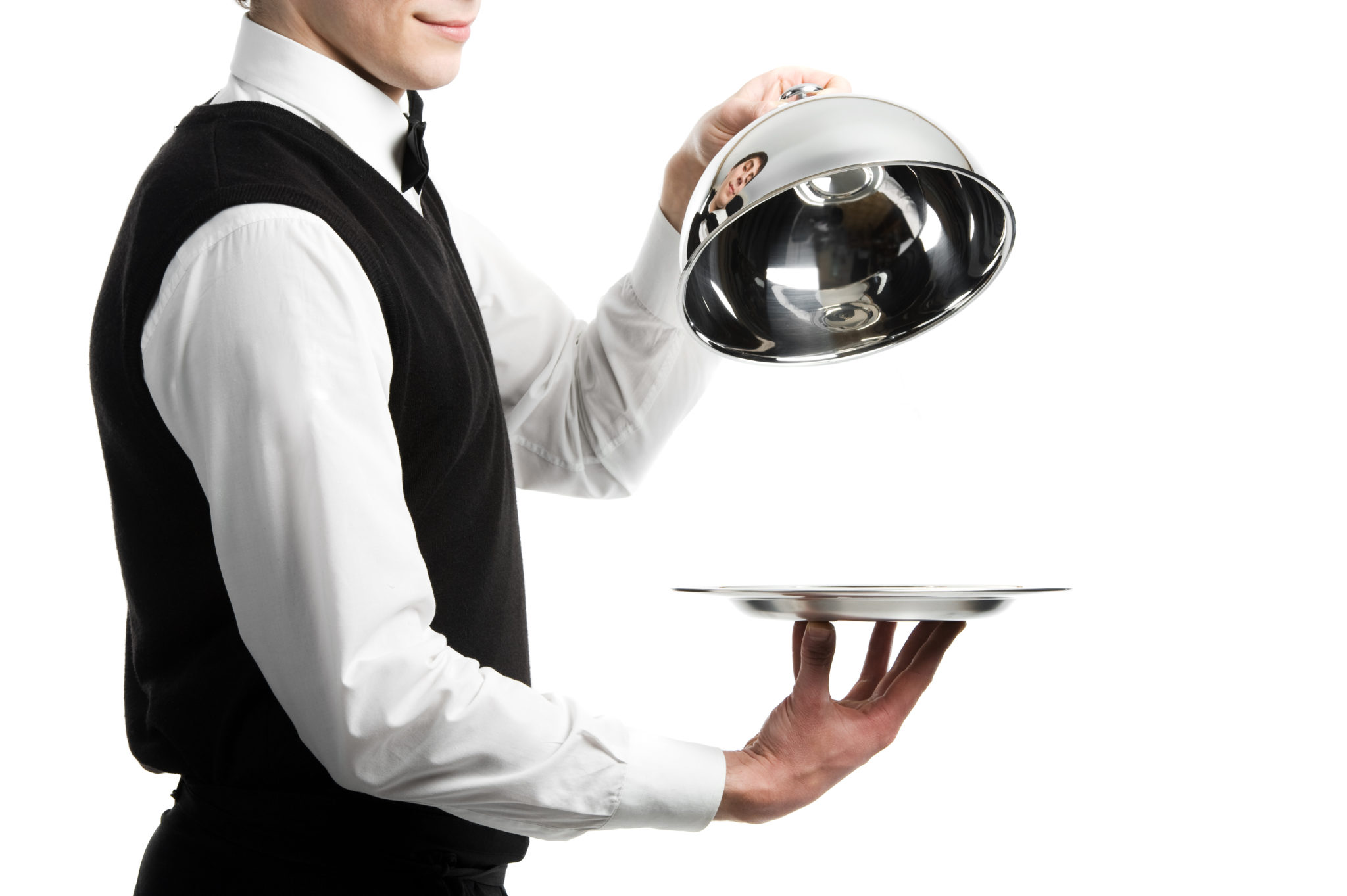Whether it’s a casual taco shop or a fancy Italian bistro, there are a few things all restaurants share. One such element is the wait staff, those people who serve as a bridge between the diner and the kitchen. They don’t just simply bring out your dinner, though, and waiters and waitresses help develop a truly enjoyable dining experience. Despite this, some restaurant owners have proposed a radical idea: eateries with no wait staff.
“Waiters can help set the mood of your dining experience.”
How many of these restaurants exist?
While this model is still relatively new, there are quite a few server-less restaurants across the U.S. There is the Scratch Bar & Kitchen in Encino, California, which doesn’t employ a single front-of-house server. San Francisco’s Eatsa, meanwhile, is entirely automated, and people order via iPads before food is served by one of six chefs. According to Eater, a restaurant in China takes a similar technological approach, as people place orders via phone apps. Even national chains, like Olive Garden, Chili’s and several others, have recently opted for the use of tablets over waiters, as FSR Magazine reported.
But why do away with servers?
The reason depends on the restaurant. Phillip Frankland Lee and Margarita Lee are the chefs and owners of Scratch. In an interview with OpenTable, the husband-and-wife duo said that not having servers is better for a restaurant’s morale. He thinks that by adding more responsibilities, it’s going to make chefs work together more effectively. Plus, he said that rather than having three cooks and three servers, he’d rather have six chefs, which maximizes how much food they can serve up.
Travis Jones is responsible for culinary operations at Eatsa. He told the L.A. Times that the decision to go automated was born out of a desire to be more efficient. By relying on technology and the skills of chefs, they can deliver more food faster than with any other current restaurant model. And so far, Eatsa seems to be doing quite well – Jones estimated that they can serve about 1,000 people in three hours. And that’s not even during its “peak efficiency.”
As of late, there has also been a debate over whether chefs should receive tips. With no servers to split with, that would mean 100 percent of a restaurant’s tips goes to the chefs and kitchen staff.

Are there any downsides to not having servers?
As mentioned above, the servers at a restaurant help establish the ambiance of your meal. But while chef-servers might be able to accomplish that, there are other reasons for employing a wait staff. For one, waiters and waitresses specialize in customer service, and that frees up chefs to focus almost solely on preparing food. Having to work with patrons can be emotionally draining; having wait staff as a buffer ensures chefs aren’t distracted. And though automation might improve efficiency, there are always going to be people who want to have that human element no matter where they go out to eat. Even having one server to address issues may be a great way to maintain the human element and still experiment with this new approach.
If you’re a culinary graduate, you’re likely to have an opinion on this groundbreaking approach. It could very well impact how you do business.


